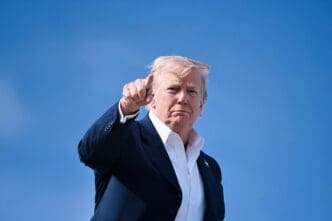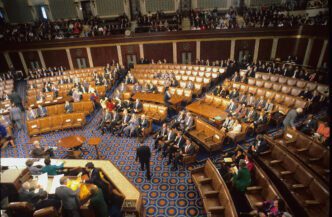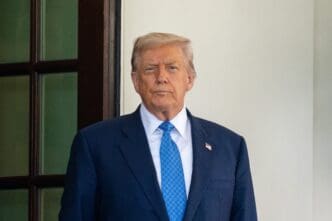Executive Summary
The Story So Far
Why This Matters
Who Thinks What?
President Donald Trump has urged Republican lawmakers to eliminate the Senate filibuster, often referred to as the “nuclear option,” as a means to end the ongoing government shutdown, which has now stretched for nearly a month. Trump’s late-night call on Truth Social directly contradicted the long-standing position of GOP congressional leaders, who have consistently rejected such a procedural change.
Trump’s Intervention
In his social media post, Trump stated that “THE CHOICE IS CLEAR — INITIATE THE ‘NUCLEAR OPTION,’ GET RID OF THE FILIBUSTER AND, MAKE AMERICA GREAT AGAIN!” He has previously advocated for scrapping the filibuster, arguing it would enable Republicans to pass legislation with simple majority votes in the GOP-controlled Senate.
Despite Trump’s repeated calls, Republican leaders in Congress have steadfastly declined to pursue the nuclear option. This stance has been maintained even as the current shutdown continues, driven by Democrats seeking an extension of enhanced Obamacare subsidies.
GOP Opposition to Filibuster Change
Republican congressional leaders have outlined several reasons for their opposition to eliminating the filibuster. Senate Majority Leader John Thune previously described the filibuster as “a bulwark against a lot of really bad things happening to the country,” a position his spokesperson confirmed remains unchanged.
Other GOP leaders, including Senate GOP leader John Barrasso and House Speaker Mike Johnson, have expressed concerns that without the 60-vote threshold, a future Democratic majority could enact policies such as granting statehood to Puerto Rico and the District of Columbia, or expanding the Supreme Court.
Political Ramifications
Trump’s intervention is widely seen as unhelpful to his party’s negotiating strategy, particularly as it legitimizes the Democratic argument that Republicans possess the power to end the shutdown at any moment. This narrative could make it more challenging for the GOP to deflect blame for the impasse.
Recent polling, including a Washington Post-ABC News survey, indicates that a significant portion of Americans primarily blame Trump and the Republican Party for the shutdown, rather than Democrats.
A Recurring Pattern
This is not the first instance of Trump inserting himself into shutdown negotiations in ways that have complicated his party’s efforts. In early 2018, Trump contradicted his own administration’s position on a short-term continuing resolution and later made eleventh-hour demands for immigration concessions.
More recently, prior to his second term, Trump joined Elon Musk in opposing a bipartisan deal to avert a shutdown, unexpectedly demanding a debt ceiling increase that had not been central to earlier discussions.
GOP Frustration
These repeated last-minute interventions have frequently caused frustration among congressional Republicans. Then-Senate Majority Leader Mitch McConnell, in 2018, publicly urged Trump to provide clear direction in the shutdown process.
Similarly, Senator Kevin Cramer expressed his frustration in December after Trump’s late demand regarding the debt ceiling, stating that earlier signaling of such demands “would have been very helpful.”
Outlook
While Trump’s latest demand for the nuclear option is unlikely to alter the Republican strategy for ending the shutdown, it places the party in an uncomfortable position. Republicans are now compelled to explain why they are not utilizing a technically available option to resolve the government impasse.








